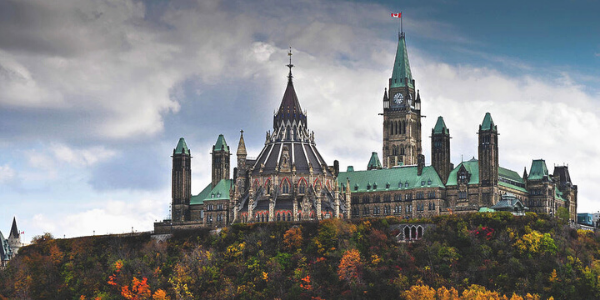Welcome to The Buzz
Explore expert opinion, insights, news, and updates from the world of bookkeeping.
2021-22 Federal Budget Highlights

The Honourable Chrystia Freeland, Deputy Prime Minister and Minister of Finance, brought down her first Budget this week and the federal government’s first Budget since before the beginning of the pandemic. Within it, there was significant new spending unveiled totalling $101.4 billion.
This Federal Budget titled "A Recovery Plan for Jobs, Growth and Resilience" is projecting a deficit of $354.2 billion for this past year. It is expected that this will drop to $154.7 billion for this current fiscal year ahead. A more positive outlook is predicated around an economic recovery that is already taking shape globally as nations rebound from the COVID-19 pandemic.
This budget puts forward significant spending commitments targeted to continue key support and position the Canadian economy for recovery over the years ahead. Many business groups across the country see this Federal Budget as holding many positives for businesses as they adapt and move beyond the pandemic. However, much of this will come at a cost that will need to be mitigated by strong economic growth and performance to manage deficits and the debt position.
This budget has a series of highlights relevant to CPB Canada members that include:
- The fiscal anchor is focused on “unwinding COVID-related deficits and reducing the federal debt as a share of the economy over the medium term.” This debt-to-GDP ratio is estimated at 51.2% this year, reaching 49.2% by 2026.
- The extension of the Canada Emergency Wage Subsidy (CEWS), Canada Emergency Rent Subsidy (CERS) and Lockdown Support through the Fall. It does not appear that any gaps to accessing these programs is addressed. This support accounts for $12 billion in spending.
- Publicly listed corporations that received the wage subsidy and paid executives more in 2021 than in 2019 will have to repay the equivalent, starting in early-June.
- This budget introduces a new Canada Recovery Hiring Program as an incentive for small business owners. This $595-million-dollar investment will help businesses pivot to recovery with incentives to hire back, grow hours, or increases wages as they recover from the pandemic.
- Significant investments over the coming years are planned toward the early learning and childcare system. The plan will aim to reduce fees for parents with children in regulated childcare by 50 per cent on average, by 2022, with a goal of reaching $10 per day on average by 2026, everywhere outside of Quebec. $30 billion will be spent over 5 years starting in 2021 with $8.3 billion ongoing to support the government vision.
- The government has committed to a $4-Billion-dollar investment into a Digital Adoption Program to help Canadian small businesses become more competitive, go digital, take advantage of e-commerce, and become more competitive in Canada and around the world.
- To encourage start-ups to scale up, the government is expanding loans to include start-up costs and intangible assets, increasing the maximum loan for the Canada Small Business Financing Program to $500,000 and extending the coverage period to 15 years.
- The budget introduces new rules for how GST/HST is applied to non-resident vendors who provide digital products and services to consumers in Canada.
- The government is looking to engage key stakeholders around reducing interchange fees (or credit card transaction fees) by lowering the overall average cost of fees for merchants.
- Through this budget, the government is introducing a new non-resident housing tax and luxury tax to apply to luxury vehicles.
For more information:
2021-22 Budget Website
Budget 2021 - Support for Small Business Backgrounder
